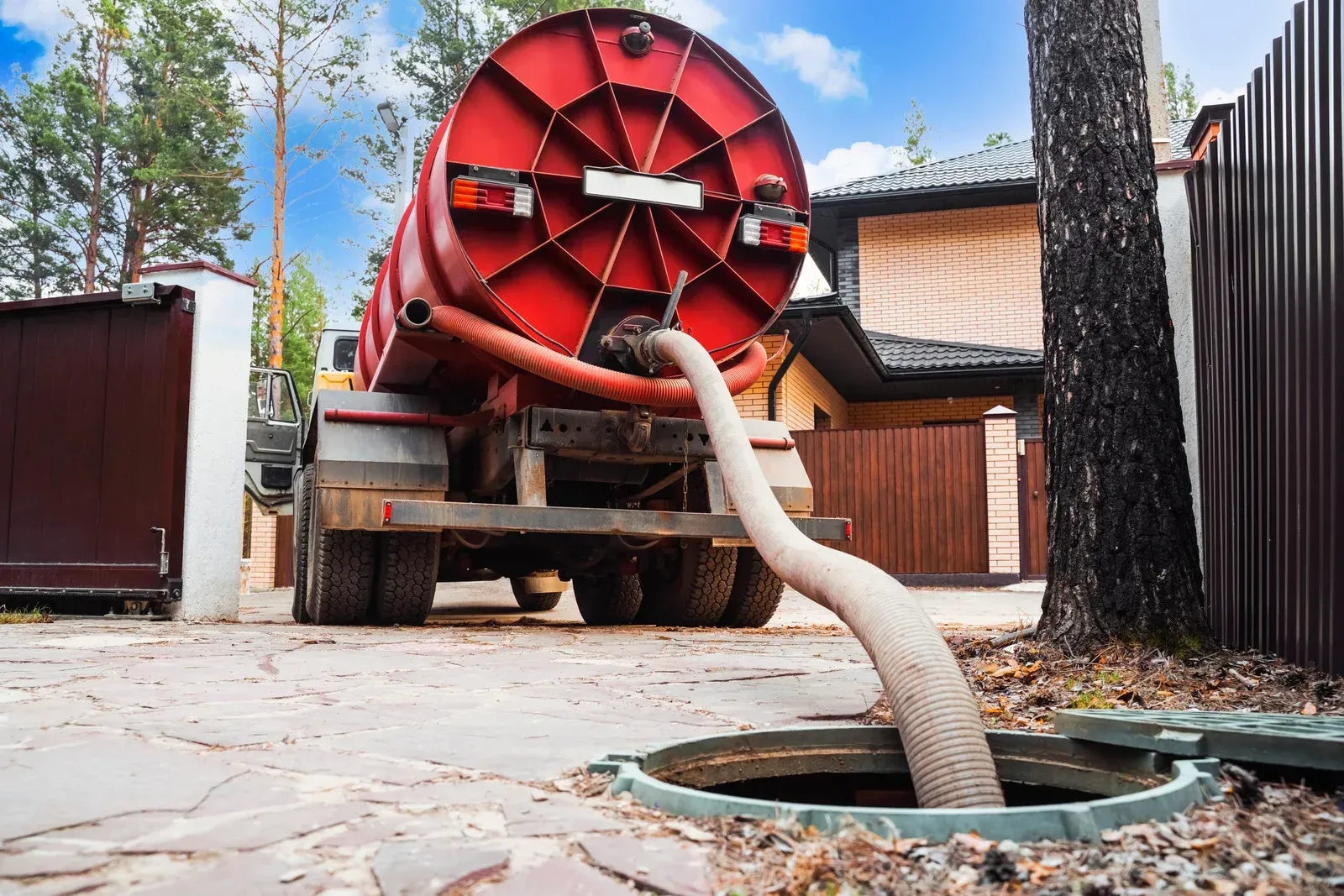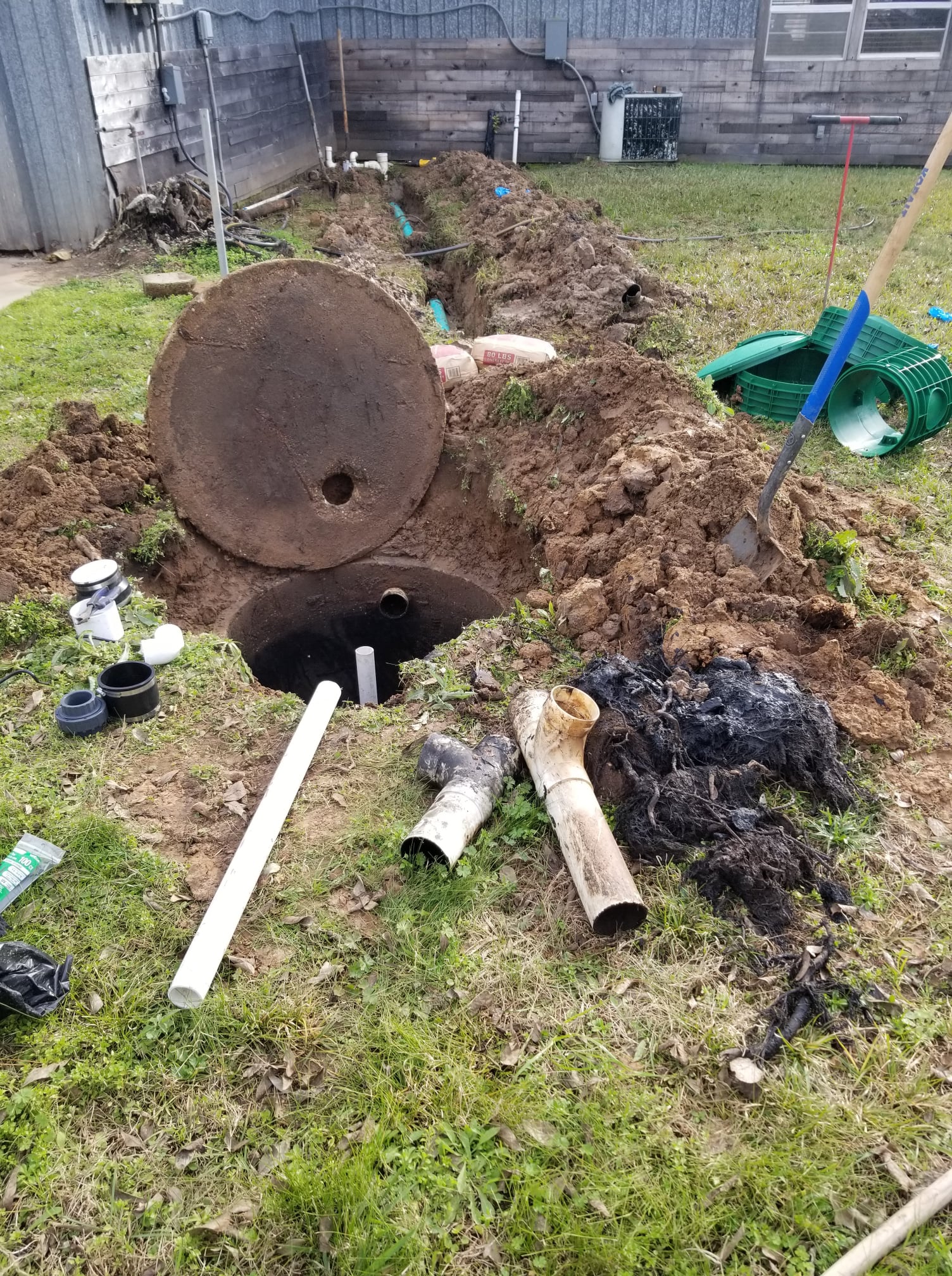5 Things You Need To Know Before You Install A New Septic Tank
A new septic tank installation is not something homeowners should rush into, as it involves careful planning, local permits, technical knowledge, and coordination with professionals who understand the full scope of work involved. Septic systems manage wastewater from your household, and when installed correctly, they operate quietly and efficiently without needing constant attention. However, poor decisions or skipped steps during the planning stage can create expensive and unpleasant problems later. Before you schedule any work, take time to learn the basic but essential points that can help you make informed and cost-effective decisions.
1. Soil Testing Is A Required First Step
Before choosing any site for your septic system, you must schedule a professional soil test to determine whether the ground can absorb and treat the wastewater properly. This process, often referred to as a percolation or "perc" test, helps to assess how quickly water passes through the soil layers, which directly affects the design and layout of your entire system.
If your soil drains too fast or holds water too long, the installer will need to adjust the tank size, trench depth, or even the overall location, all based on the specific readings from this test. Local health departments usually require the results before they issue a permit, so skipping or delaying this step could hold up the entire project.
2. Local Permits And Codes Will Guide The Process
Every town, county, or municipality sets its own rules and codes regarding septic tank systems, including how far they must be from water wells, property lines, buildings, and even trees. To begin the installation process, you must first apply for the correct permits, and those can only be approved once you submit a complete plan that includes soil test results, tank size, and layout details. Failing to meet any of these requirements can lead to expensive changes later, legal trouble, or system failure due to poor planning.
3. Tank Size Must Match Your Property’s Needs
Tank sizing depends on the number of people living in the home, how much water the household uses daily, and the size of the property. If you install a tank that is too small, it will overflow more often and may need more frequent pumping, which increases long-term costs. Oversized tanks can create extra expenses during installation without offering real performance benefits. An experienced installer will help you calculate the correct tank size by analyzing your home’s water usage patterns, plumbing setup, and overall household activities that affect wastewater output.
4. Choose A Location That Supports Long-Term Use
Once you select the proper tank size and pass the soil test, you must also find a safe and effective location for the septic tank and the drain field. A skilled installer will evaluate the slope, elevation, and drainage conditions of your yard before recommending the best possible location.
5. Regular Maintenance Will Keep The System Efficient
Installing the system is only the beginning, because after it's in place, you must commit to proper care and scheduled maintenance in order to protect your investment and avoid serious issues later. Most septic tanks need to be pumped every three to five years, depending on how much waste they handle. Yearly inspections will help you keep everything working smoothly.
For dependable
septic tank installation services in Spring, Texas and nearby communities, homeowners trust A-1 Cleaning & Septic Systems, LLC
to handle each step with care, from site evaluation and system design to full installation and follow-up support. Contact us today to schedule a consultation.





